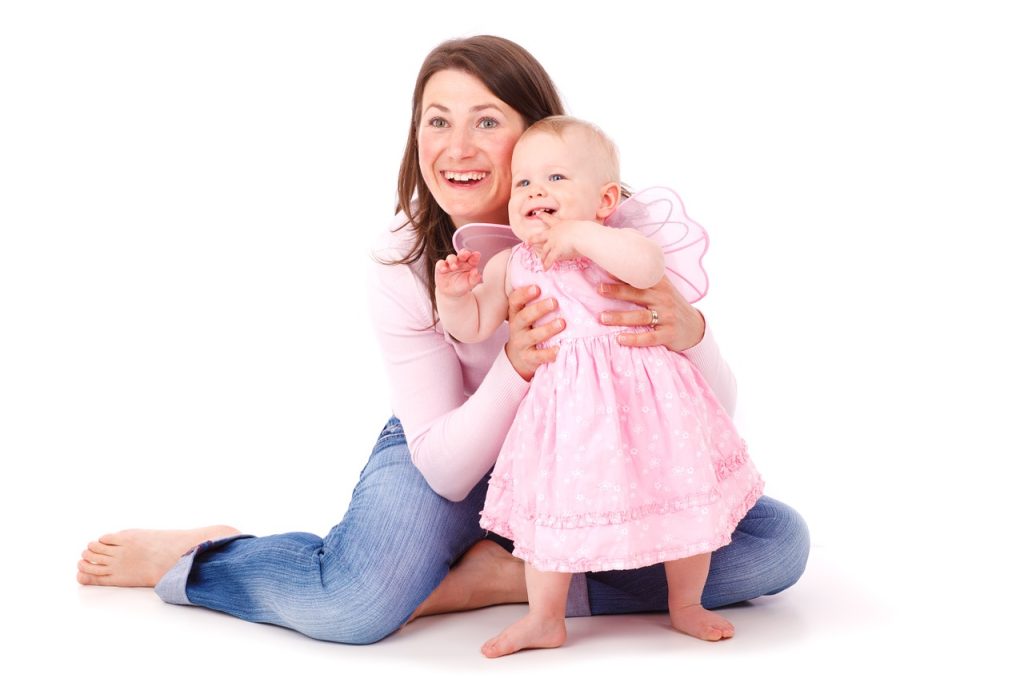Gone are the days when nannies stayed with families until they were old and grey, forfeiting families of their own, and for many families gone are the days when they could comfortably afford to have a stay at home parent. Nannies are understandably reluctant to pay someone else to do what they are qualified to do, so look for nanny jobs where families are happy for them to bring their own child along.
There are many advantages to this kind of arrangement for employers. A nanny who can bring their own child may be happy to accept odd hours such as before and after school and full time in the holidays, enabling them to balance time along with their child and earning a wage. A nanny whose child is the same age as her charges provides a playmate, which can be particularly valuable for only children and appreciated by parents who would like their child to be around other children but for whatever reason don’t want out of home care. Finally nannies who are allowed to bring their own child are often doubly motivated to provide stimulating activities and promote good social skills, as it benefits their child too. If you get the logistics right it can be a very stable arrangement, which reduces the time you spend worrying about childcare.
There are downsides: you may need extra equipment such as a double buggy or extra high chair, it’s an extra cost to feed another child, if nanny’s child is younger you may need to keep baby-proofing for longer and there’s added potential for bugs and breakages. Your children also won’t be the full focus of your nanny, even if she puts her own child second most of the time. To compensate for this many nannies who want to bring their on children are happy to accept a reduced rate of pay, meaning you can have an experienced nanny for less.
Having a nanny bring their own child can be a really positive and beneficial arrangement all round. The important thing is to make sure that everyone is a good fit – parenting styles and boundaries need to be aligned from the get go – but a good match can last for years.







